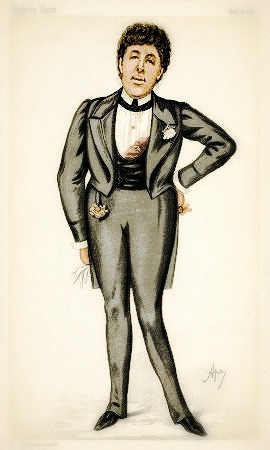Processes that I call ‘the reversion to realism’ and the transformation of the foreign constitute part of the history of the American theater. Thorton Wilder’s Our Town absorbed the Brechtian strategies of defamiliarization in a sentimentalized form that makes these aesthetic techniques serve realism rather than contend with it. Ironically, the familiar codes of realistic American drama do not derive from perceptions of American experience but, with few exceptions, rework schemes of representation that developed in Europe to model the transitions in European society at the end of the nineteenth century and were outdated early in the twentieth.
Late-nineteenth-century realism developed in reaction to the limited ideologies and aesthetic structures of the European commercial theater; now, well into the twenty first century, I find utterly unsatisifying the attenuated, fossilized imitation of Ibsenian and Chekhovian realism as the basic mode of the American commercial theater….
Because plays, films, and television train and re-train audiences to accept the psychological, sociological, economic, biological, and aesthetic conventions in which late-nineteenth-century writers and producers configured their sense of the real, realism remains the form in which American audiences are most comfortable.
Sadly, the logistics of the Broadway theater discourage writing that departs from realism. It appropriates its own innovative artists by leading them away from experiment into the reactionary codes of dramatic realism.


